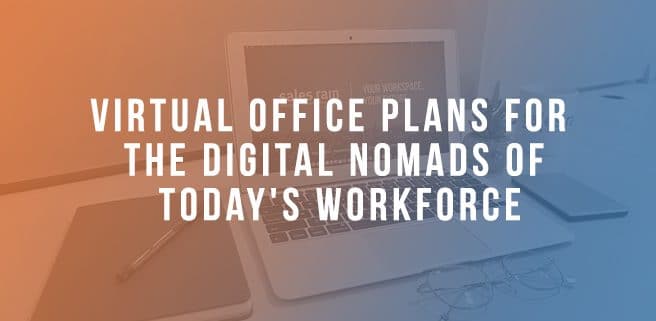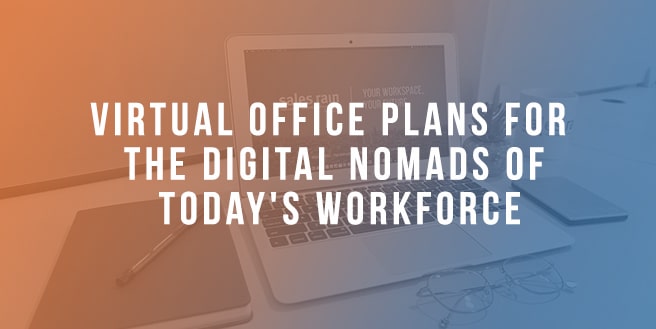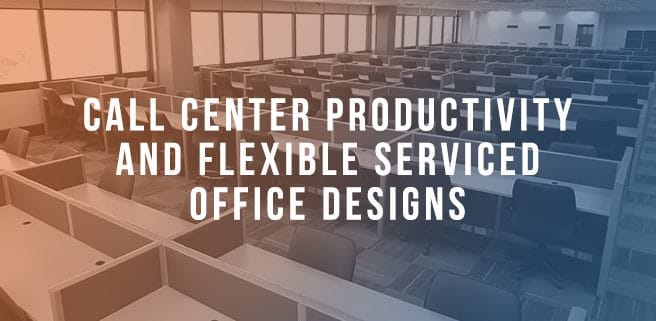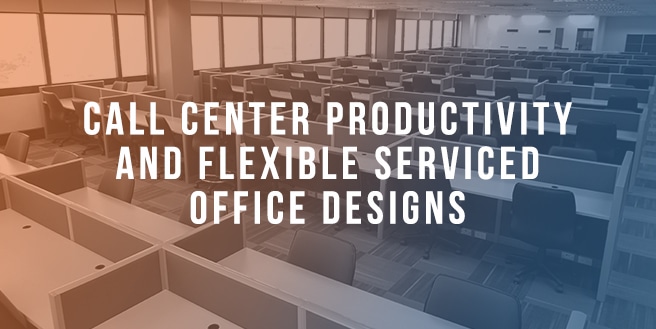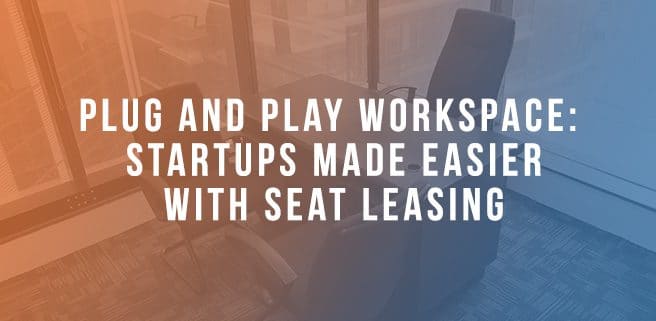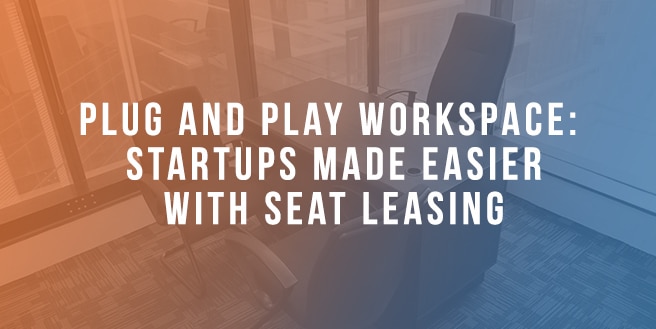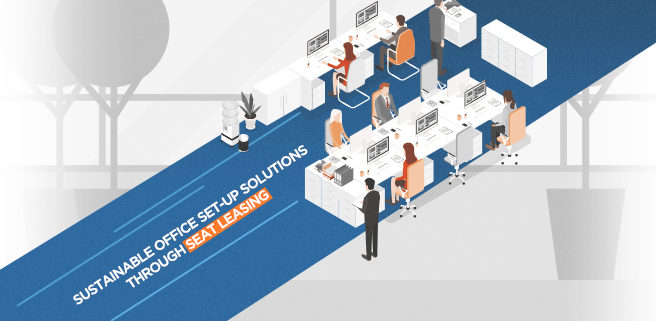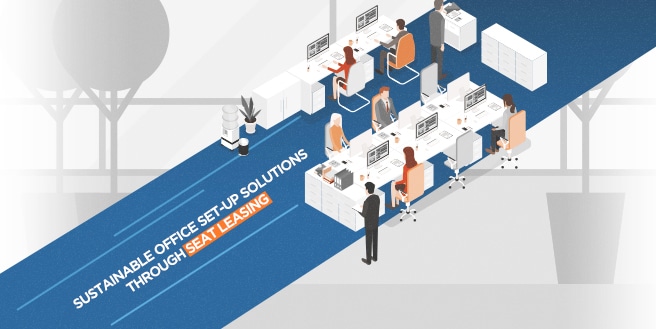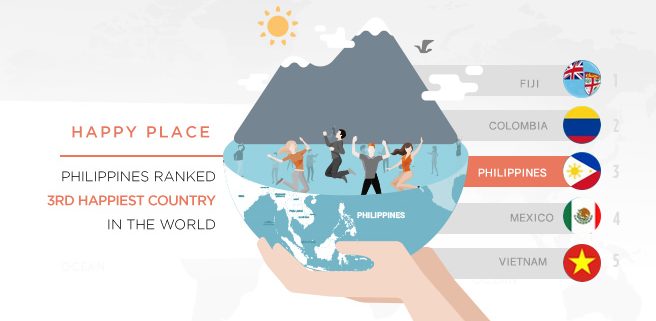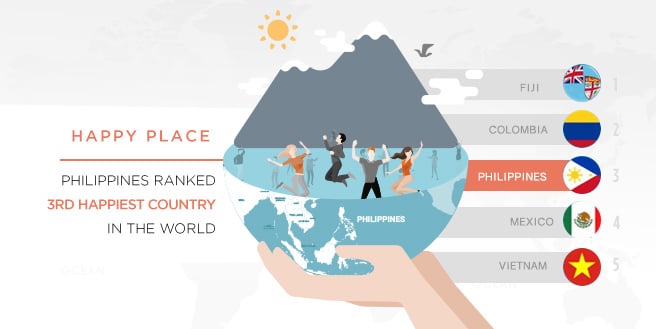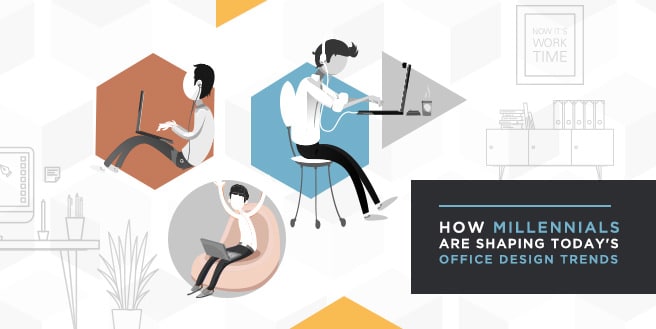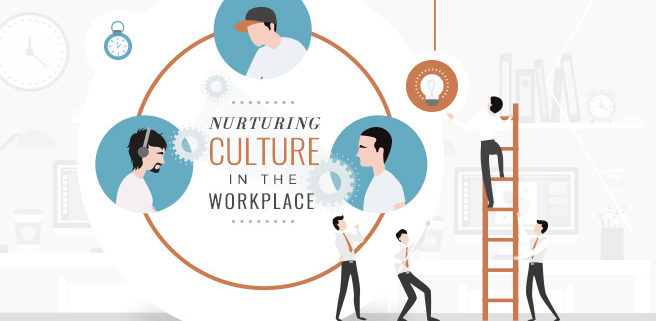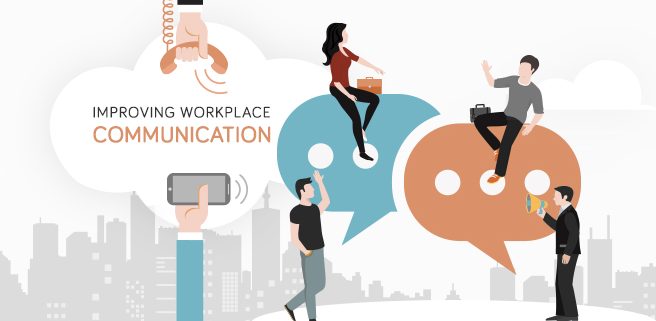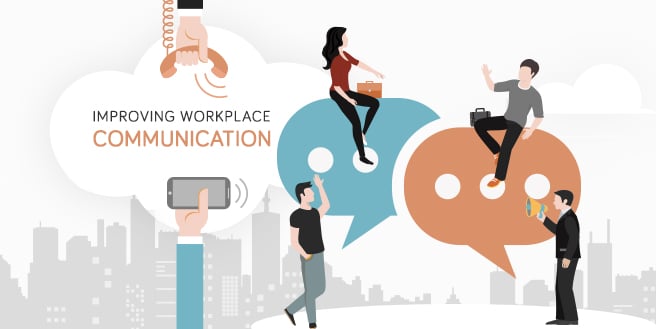Things to consider before BPO Seat Leasing in the Philippines
A business process outsourcing (BPO) unit in a remote land is easier to commence and manage when you have chosen the correct address and employed the perfect talent pool. For this reason, most BPO services opt for the Philippines as the ideal country to open a new BPO section and enjoy the benefits.
Here is what you need to consider before sealing the deal regarding seat leasing for BPO offices.
Factors to consider for BPO seat leasing
- Types of seat leasing services and contracts
Understand the different types of seat leasing offered to BPO services. This step enables you to focus on meeting the specific requirements of your business and cover the expenses accordingly.
Different concepts run in this industry you need to be aware of. For instance, you can opt for warm seat leasing, where you get an all-in-one package for office-related services such as infrastructure, staffing, non-business resources, etc. You can go for cold seat leasing service where only the office tools and infrastructure is provided according to the need of a BPO process. You can also opt for a co-working space where you can customize your needs and pay for your chosen services.
- Manpower
One of the prime steps to consider for BPO seat leasing is the workforce. You can start from scratch, keep recruiting or hire a team from the same service provider. You can also opt for a seat arrangement for an existing group in that commercial space. This type of seat leasing service helps you to focus on managing and maintaining the workforce by following specific requirements in the future.
- Amenities added
Check the amenities added to this seat leasing service offered by a leading brand. Check whether you are sharing these amenities with other business owners or are provided with absolute dedication to your business only.
Make sure you discuss the terms and conditions of using specific or all amenities provided by the commercial premises of this seat leasing agency. The clauses in an agreement should be crystal clear to both parties.
- Your budget
The prime factor that drives your choices of infrastructure and addresses is your budget power. Decide the amount you can spare on this venture to get a good platform for conducting your BPO services. Focus on the expenses and fix a budget to work on. Your budget will define the services and offers you can afford.
- Location
Consider the location of the leasing service. Your office address needs to be impressive for the clients. When choosing business districts in the Philippines, you will not have to worry about such factors. The top service providers offer the best infrastructure. You can add it to the easy commute factors. Travelling to this business point should be easier for your workforce.
It would help if you pondered these things while choosing a seat leasing service in the Philippines to boost your business.
To check out customizable workspace solutions that may better suit your needs, visit us now.

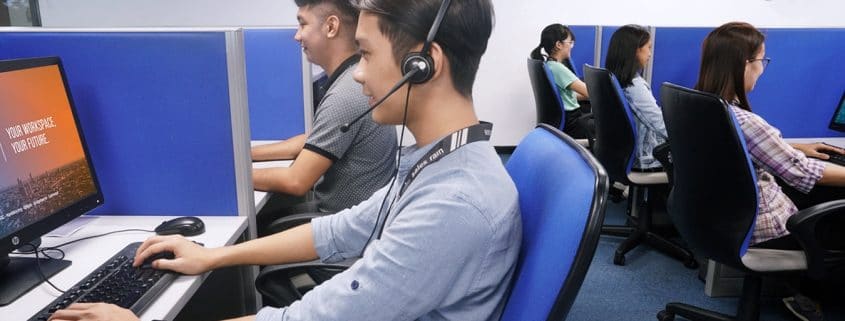

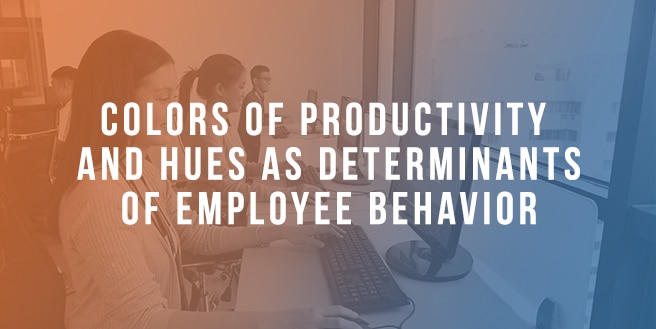
 Though the effect of each color has different meaning from one person to another, Color Psychologist Angela Wright said that there are four primary psychological colors; red, blue, yellow and green.
Though the effect of each color has different meaning from one person to another, Color Psychologist Angela Wright said that there are four primary psychological colors; red, blue, yellow and green.